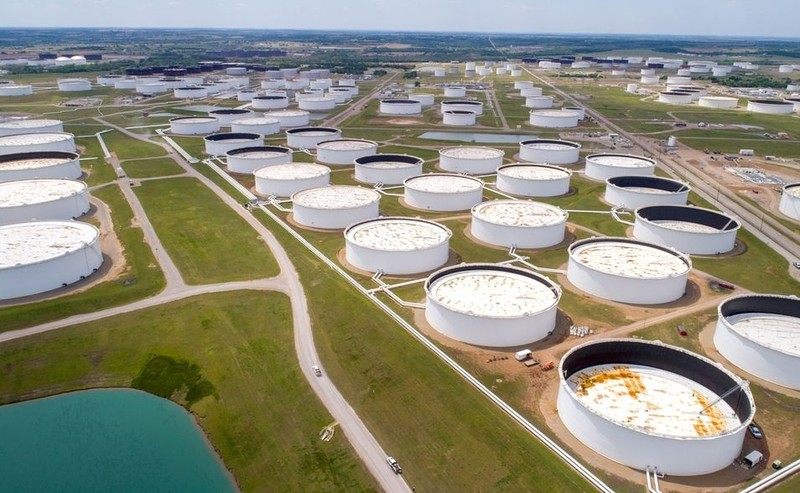After asking China, India, the Republic of Korea (RoK), Japan, and the UK to open oil reserves, US President Joe Biden ordered the export of 50 million barrels of oil from the country’s strategic reserves in an effort to cool down oil prices. This is the first time the US has coordinated to open oil reserves with some of the world’s largest oil consumers. According to a US official, the move will start in mid to late December and the US may intervene further to stabilise the market.
Several major economies are considering the US’ call for the partial opening of strategic oil reserves. The Indian government has announced it will release about 5 million barrels of crude oil from its reserves, as the world's third-largest oil consumer having about 38 million barrels of oil in underground reserves.
Despite refusing to comment on the US offer, China said it was considering tapping its own strategic oil reserves. The RoK is also considering a request from the US, but Seoul can only do so in the event of a supply imbalance. Meanwhile, Japan said that by law, it cannot use its reserves to lower prices.
The move of the US to intervene more drastically in the oil market shows that they are not satisfied with OPEC+’s decision to maintain an output increase of 400,000 barrels per day. However, a fact shows that even if OPEC wants to, there is not much room left to increase production any faster. In the past, at times when oil prices were too low, small OPEC producers in Africa and some of the larger ones in the Gulf were able to increase output more than OPEC had originally set.
Currently, due to the impact of the COVID-19 pandemic and environmental problems, only three OPEC members including Saudi Arabia, the United Arab Emirates and Iraq, have the capacity to rapidly increase supply when many members no longer have the capacity to tap reserves.
Investors are carefully watching every move of the US Government. OPEC believed that there is a high probability that global supply will return to a surplus as soon as December. Meanwhile, the International Energy Agency (IEA) believed that the release of energy reserves by countries has no strong impact on world oil prices.
















